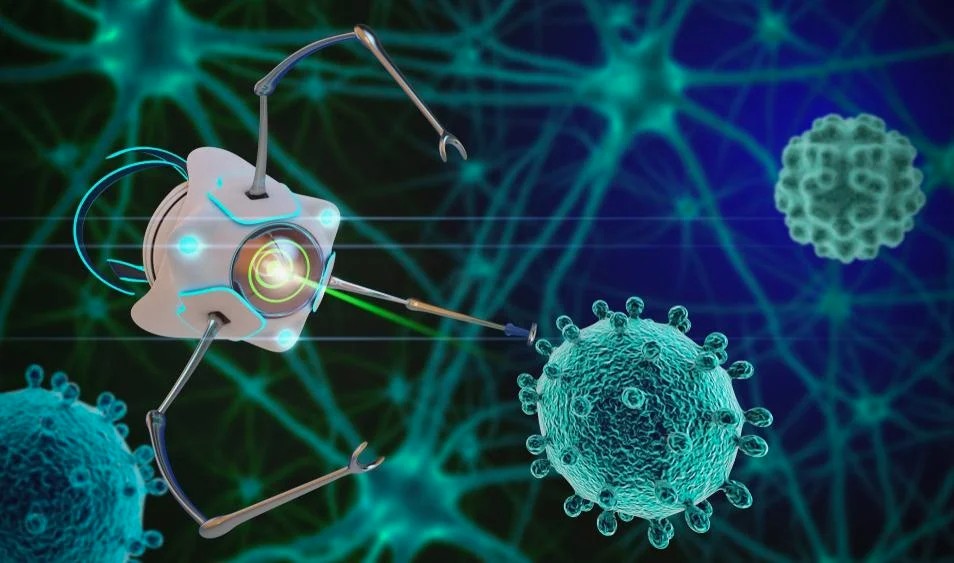Introduction –
One of the pivotal branches of medicine which uses nanotechnology is known as Nanomedicine. It is mainly used for the prevention of diseases, intervention, and monitoring through the new sensory system for diagnosis, imaging, repair, treatment and also the regeneration of the biological system. It is related to the new and enhanced therapies, and methods for diagnostics, and also the development of more efficacious biomaterials for tissue regeneration. The objective of nanomedicine research is to get to the clinic and enhance the health of patients and also the quality of life. Some of the latest highlights comprises photodynamic and hyperthermal therapies, nanozymes, multifunctional probes, biosensors for covid, respiratory masks and so on.
Nano-Bio Interactions –
One of the things that you should know about MS is that there are no particular tests for the same. Diagnosis of the MS depends on ruling out the conditions which can develop new symptoms and signs, there are also new targeted multiple sclerosis therapies available. The main area of focus of nanomedicines, which has been surveyed shows that the knowing of the nano-bio interface (i.e., what happens when the nanomaterials connect the biological systems) has been an important field, which has created the or developed the discovery of several new phenomena. This comprises of the formation, composition and structure of the nanomaterials in biological media in vivo and in vitro (i.e., forming of the protein corona), which is affected by several parameters like nanomaterial size, composition, shape, surface chemistry and so on that may influence the nano or bio interactions strongly.
Important Queries Regarding Nanomedicines –
Autoimmune disease is a condition in which the immune system will by mistake attack the body instead of protecting it. It is still unknown why the immune system does this and till date there are around 100s of known autoimmune diseases, there are also therapeutic options for autoimmune diseases that are available worldwide. The nano-particle physicochemical properties can link to biodistribution, which is another main topic which addresses important questions about nano medicines. Some of the important queries are how do the nanoparticles go through the body? Where does the nano particle accumulate? And, can humans affect the fate of the nanomaterials by engineering their surface chemistry? And so on are some of the important questions that have already been addressed. In vivo stability and nanomaterial composition are of the pivotal importance in the study of these effects as labels are needed to track their location and monitor the activity in vivo (therapeutic or otherwise), and assess the extent to which they are sequenced by the mononuclear phagocyte system.
Curing Diseases through Nanomedicine –
Chronic diseases are broadly defined as a condition that stays for 1 year or more. Chronic diseases require regular medical attention and limited daily activities. And, treating chronic pathologies can be done through regular medical attention.Also, you need to know that distinct materials can make nanoparticles with some properties or specific properties which are suitable for diagnosis, or therapy or regeneration or combinations as of. Many of the chemical compositions and combinations of the materials have been created as nanoparticles, thoroughly reported and characterized to describe their nanomedicines connected activities. These days a characteristic nanomedicine manuscript submitted to the ACS nano often tends to be formulaic, which can lead to the overlooking of biological complexity. It starts with a design of a new material more characteristically, the combination of material which can be formulated to make biocompatible particles, which can work, like to diagnose or cure a particular disease, like the ones mentioned above with the link.
In Vivo Outcome –
You can also check online more about the unique in vivo outcome like the complete eradication of the tumour by the immune system. In order to create a more balanced and equal approach, nanomedicine submissions can benefit from going beyond fundamental research and formulaic approaches which emphasize material design policies for proof-of-principle testing to address more clinically relevant challenges which comprises of pathophysiology of disease, consideration of pharmacology and clinical relevance.

